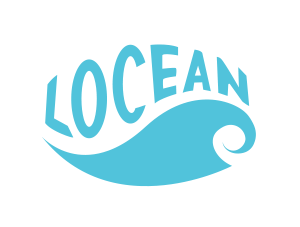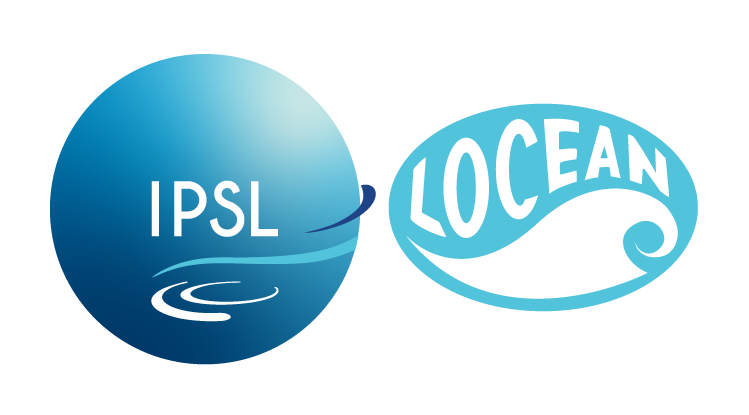
Séminaire
Fayçal Kessouri: The physical drivers to ocean productivity and the mechanistic linkages to carbon, oxygen and nitrogen cycles in Southern California
Fayçal Kessouri (UCLA, USA): The physical drivers to ocean productivity and the mechanistic linkages to carbon, oxygen and nitrogen cycles in Southern California
Sorbonne Université 4 place Jussieu 75005 Paris Sorbonne Université LOCEAN Couloir 45-55 4e étage pièce 417
Description
First, I will explore how global change leading to warming, acidification, and oxygen loss in the ocean can influence the biogeochemical functioning of the coastal ocean of the California Current System (CCS). The different climate phases, such as El Nino, La Nina or the positive and negative modes of PDO or NPGO would cause temperature changes of the order of 1.5-2 degrees Celsius. This can alter ocean stratification and cause the multiplication of primary production. These changes mechanistically generate very large modifications of the biogeochemical cycles (nutrients utilization, oxygen production and respiration and carbon export). Second, in the Southern California Bight, these global stressors linked to the global stressors are exacerbated by the localized discharge of anthropogenically enhanced nutrients from a coastal population of 23 million people. Using a high-resolution, physical–biogeochemical model we quantified the link between terrestrial nutrients, organic matter, and carbon inputs and biogeochemical changes in the coastal waters of the Southern California Bight. We forced the model by large-scale climatic drivers and a reconstruction of local inputs via rivers, wastewater outfalls, and atmospheric deposition; it captures the fine scales of ocean circulation along the shelf; and it is validated against a large collection of physical and biogeochemical observations. Local land-based and atmospheric inputs, enhanced by anthropogenic sources, drive a chronic coastal phytoplankton bloom with potential impacts on harmful algae, and increase in subsurface respiration rates along the coast in summer, reshaping the biogeochemistry of the Southern California Bight. Furthermore, the coastal production is transported offshore leading to a secondary productivity in summer and a loss of 25% of the southern California marine aerobic habitats. This seasonal reductions in subsurface oxygen, pH, and aragonite saturation state, rival or exceed the global open-ocean oxygen loss and acidification since the preindustrial period. Third, the Santa Barbara Channel, one of the most productive regions of the California Current System, submesoscale eddies generated by islands are energized by orographic effects on the wind, with much larger significant impacts on nutrient, carbon, and oxygen cycles in the southern CCS. These eddies are modulated by two co-occurring air-sea-land interactions: transfer of wind energy to ocean currents that intensifies ocean eddies, and a wind-current feedback that tends to dampen them.
Informations dates et horaires
date and time: Mercredi 19 Octobre à 11h
room: LOCEAN – Salle Principale du 4ème, Tour 45/55 4eme étage piece 417, https://cnrs.zoom.us/j/97150964284?pwd=NVJSQnVGYVNsNk1SemR6SW5mdVRQZz09 Meeting ID: 971 5096 4284


